The following scenario, might be faced by some growers, considering buying oat seed for sowing this autumn . Good seed is expensive this season and producers don’t like the idea of paying for high cost seed.
Option 1. Cheap unknown oats seed. $500/tonne. Nearby farmer has oats grain in silo, purchased as drought feed, which is now surplus to needs and wants to sell. Unknown variety, unknown source, unknown rust tolerance , home based germination test 70% germination but no seed vigour test, but likely to be low with variable seed size and overall lower germination. Not graded, no weed purity test, some obvious weed content of ryegrass and some other broadleaf weed seeds present, mixed oat seed size in sample ,with some straw in mixture. Colour of oat seed look good. Seed weight fair to good.
Option 2. High Quality, Labelled oat seed at $1500/tonne . Purchase from reputable local seed supplier. Known variety, with good forage performance, graded and treated, very high germination 98 % and high seed vigour, no weeds ,excellent looking seed, clean, bright ,plump ,heavy seed sample.
What do you buy ?…… Typically, many farmers will go, I will take the cheap seed option, as it is $1000/tonne cheaper. Is it the right decision ?
In my experience cheap seed is rarely a sound investment. I always advise buy good quality seed everytime, the cost difference is usually well worth it .
Seed price per tonne can lead you down the wrong track. Lets explore.
The cheap seed has not been graded but has a home based germination result of 70% in 7 days . Lots of small undersized seed in mix which had weak vigour . Some chaff/straw contentin sample too. Certainly could get graded and tested to improve at additional freight and treatment cost, which the purchasing farmer does not want to do, due to added costs. Lets look at using this seed, as presented , which the farmer was prepared to do.
So with a low germination 70% and a reasonable amount of small , low vigour seed in product, we would need to sow at a heavier seeding rate to compensate for lower establishment with such seed. We would need to sow an extra 42% of seed, just to compensate for lower germination. In addition one will need to think about increasing the seed rate a little more given the moderate content of small seed present in the sample which is likely to have emergence issues. Let say we add another 18 % in actual sowing rate for moderate amount of light, small seed in sample which will have the lower seed vigour and potential emergence issues .
So at the end of day we need to sow an extra 60% of the low grade seed to compensate for low germination and vigour. Hence we sow the cheap seed at 1.6 times our desired rate of say 80 kg/ha of good seed , to get close to same plant numbers. Hence need to sow cheap seed at 128 kg/ha. Our $500/tonne seed costs at this sowing rate is $64/ha or $25.60/acre.
The high quality, treated and high cost seed needs to be only sown at 80kg/ha to get the desired plant numbers. At $1500/tonne this sowing costs $120/ha or $48/acre.
There is a difference $56/ha or $22.40/acre between the cheap and expensive seed.
Yes you are saving only $22/acre !!! but you are some major risks such as variable establishment with lower grade seed, poor total forage production and high weed risks.
This extra cost, of using very good seed is only about 10-15% of the total cost of preparing, sowing and managing a crop.
So is this perceived saving really a saving or worth the risk ? I say NO.
Why.
• Cheap seed could be a grain only type, as it was bought for stock feed. He might , be lucky , and have a reasonable dual purpose variety, but we can’t be sure or find out now. We really don’t know how it will perform or produce. High risk in these times. He wants to sow early to get desperately urgent feed when it rains. This variety may not be well suited to this district, or early sowings and it could easily to run to head in late autumn with typical warm/hot days and therefore not perform well or recover under grazing in the winter/spring period, resulting in major loss of production potential and hence income.
• Establishment is likely to be more variable with variable seed size. It may take rust badly and will have added weed issues,and possibly run the risk of introducing herbicide resistant ryegrass and other weeds to the farm , requiring possibly added ag chemical costs, whole change to farming practices or contamination of on farm pastures.
• Also with the cheap , low grade seed we will need to load and handle 60% more seed into seeder , hence more time filling, means less time sowing, less acres/ha per seed load, less sown area in a day, which means higher fuel/labour and sowing costs/ha. Potential risk of seed flow and bridging problems in seedbox with non graded seed with straw pieces. I think the $22/acre saving is looking very shaky!
• In addition, from a production basis we are taking a major production risk for $22/acre . The good seed line we know what it can do and what its production cycle and management requirements are. To recover the extra $56/ha or $22/acre for the higher cost quality seed, it only needs to grow a measly extra 160 kg/ha of dry matter over the season, which it would do easily. At a typical feed conversion of say 10kg DM/1 kg gain then an extra 16 kg/ha or 6.5 kg/acre of beef is produced. At say $3.50/kg for finished steer, then this small extra feed and weight gain has paid for the extra seed cost alone. Although the $/tonne price difference sounds attractive , it does not stack up..
• The high cost $1500/tonne seed is only $22/acre more expensive, with many production benefits , no added farm risks and farm more upside than the cheap seed.
• Typically a good oats crop will run 2-2.5 steers/ha or 0.8 to 1 steer/acre over a 100 days. A steer will typically grow out at average rate of around 1 kg/head/day over the grazing period. So to get back our extra $22/acre we only need to get an extra 6-7 days grazing/acre/annum or 6-7 kg/head extra weight gain , if fat stock are sold at say $3.00 to $3.50/kg liveweight.
Take Home messages.
• Good quality seed always pays.
• Don’t look at seed price on a $/tonne basis only. Break it down to costs/ha or cost/DSE or kg gain etc. Do some numbers.
• The cost per tonne often scares producers into potential making the wrong decision.
• Consider the whole picture. Break it down further to see the real picture. Seek quality advice.
• Consider the production and farm risks and potential added costs buying cheap, low grade seed.
• Not the times to take major risks. Seed is expensive and scarce. Wait for desired sowing conditions or reliable rain event coming, before major sowing events.
• Sow a selection of varieties to spread risk. Aim to use wherever possible better performing varieties.
• Use the best quality seed on best production blocks. If possible , avoid using low grade seed, but if you already have on hand, or forced to buy such seed , use the lower cost lower grade seed on higher risk, lower production blocks.
• Oils aint Oils Al ! as the old Castrol ad went… same for all seed.

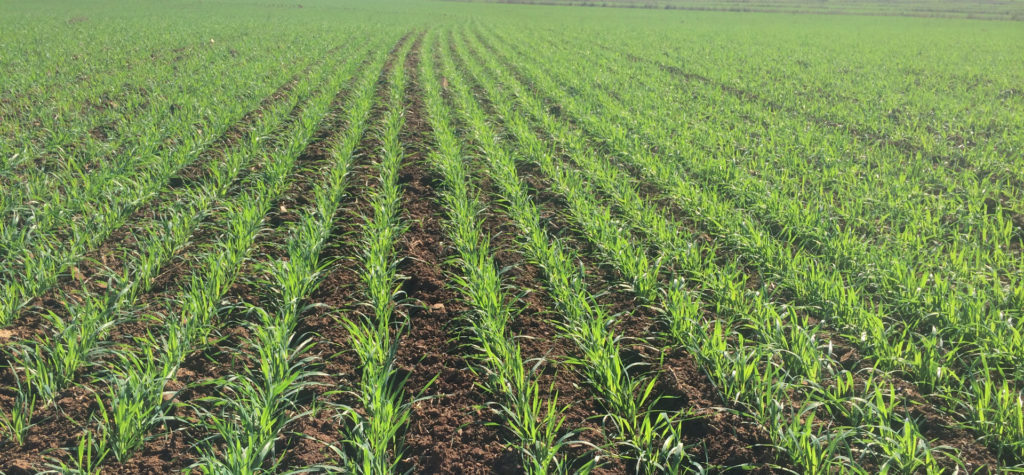
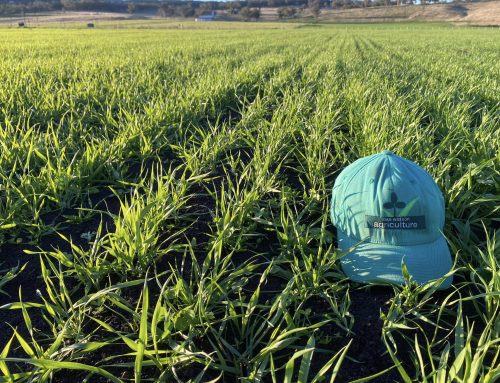
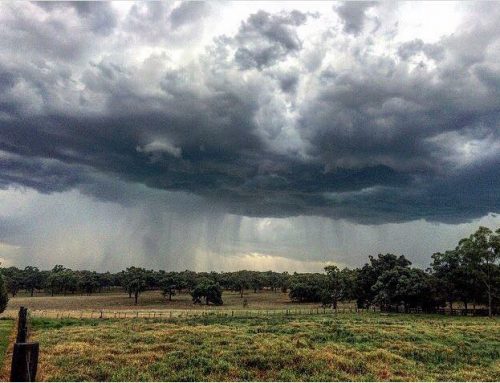
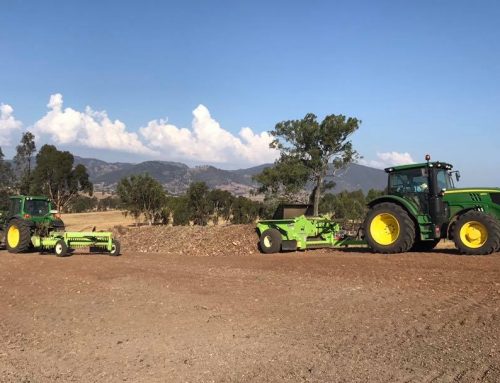
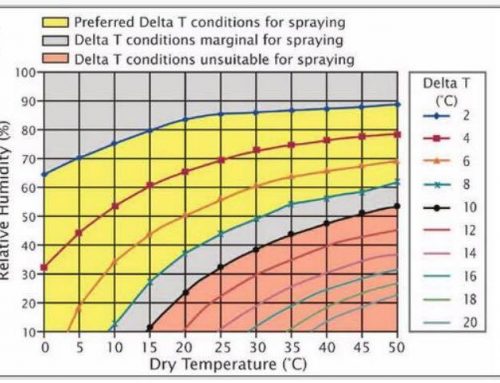
Leave A Comment